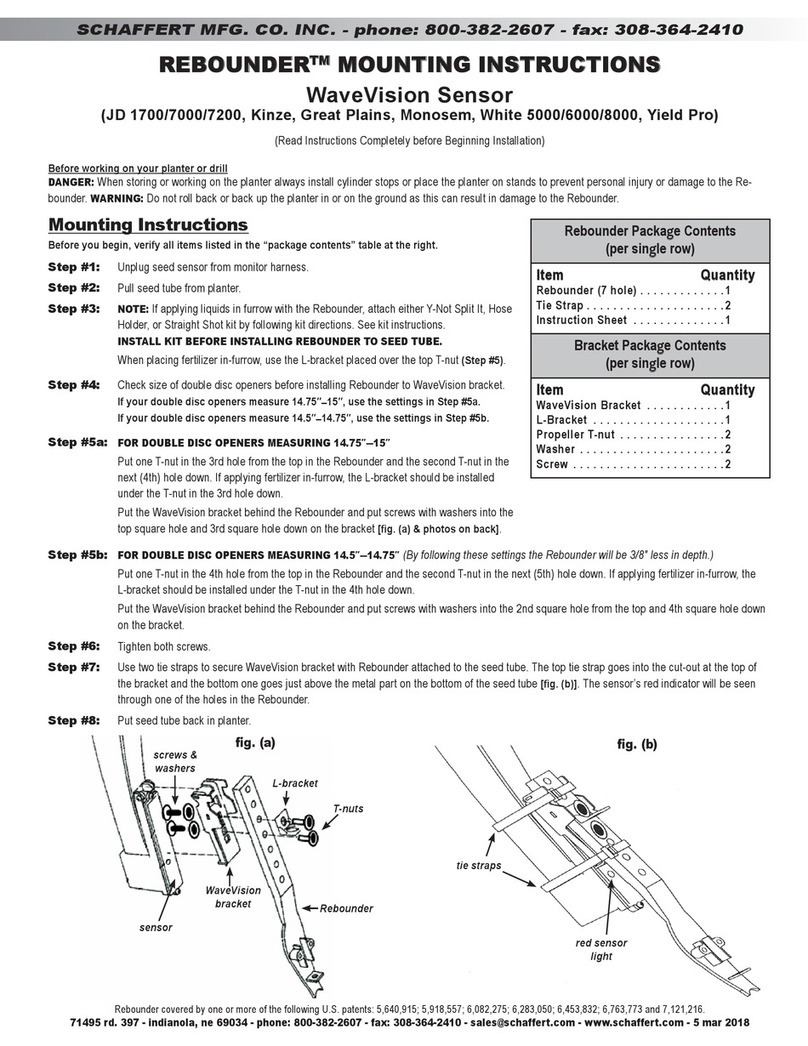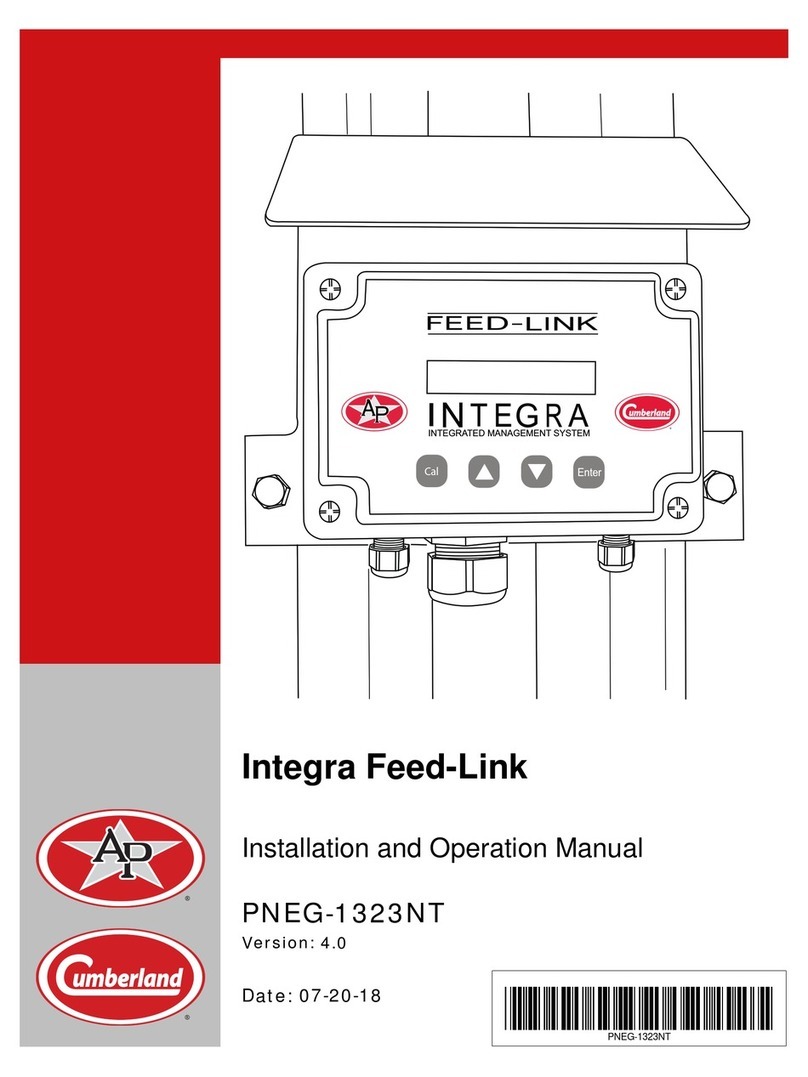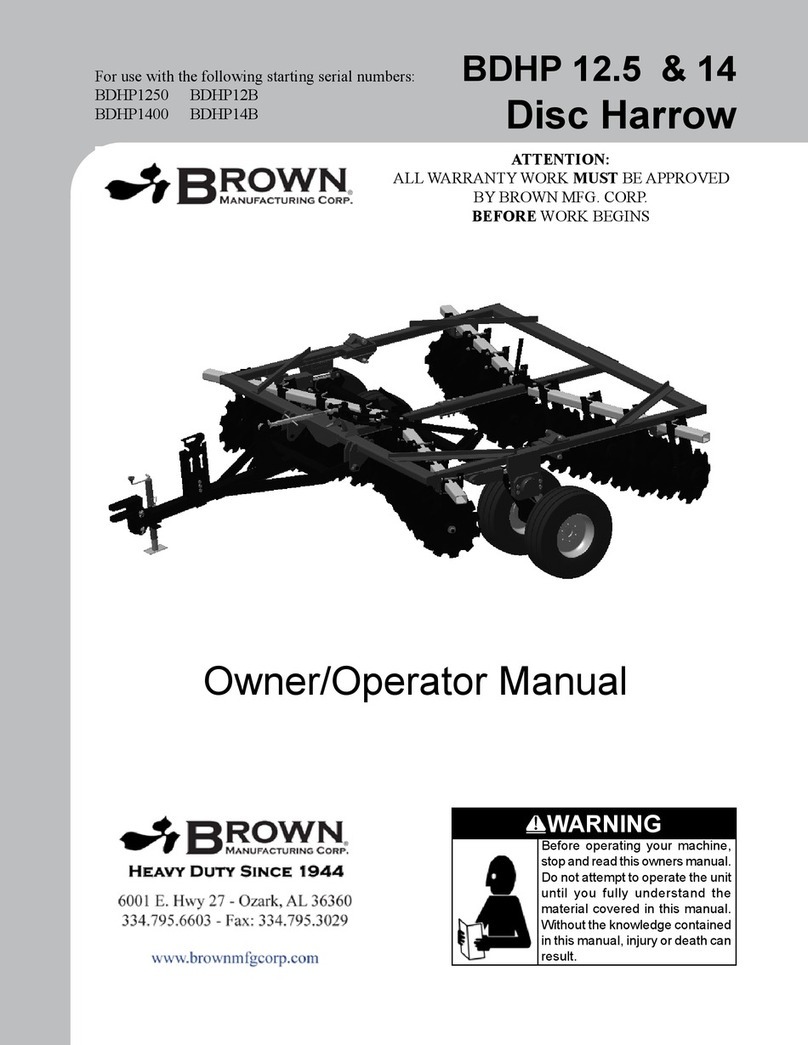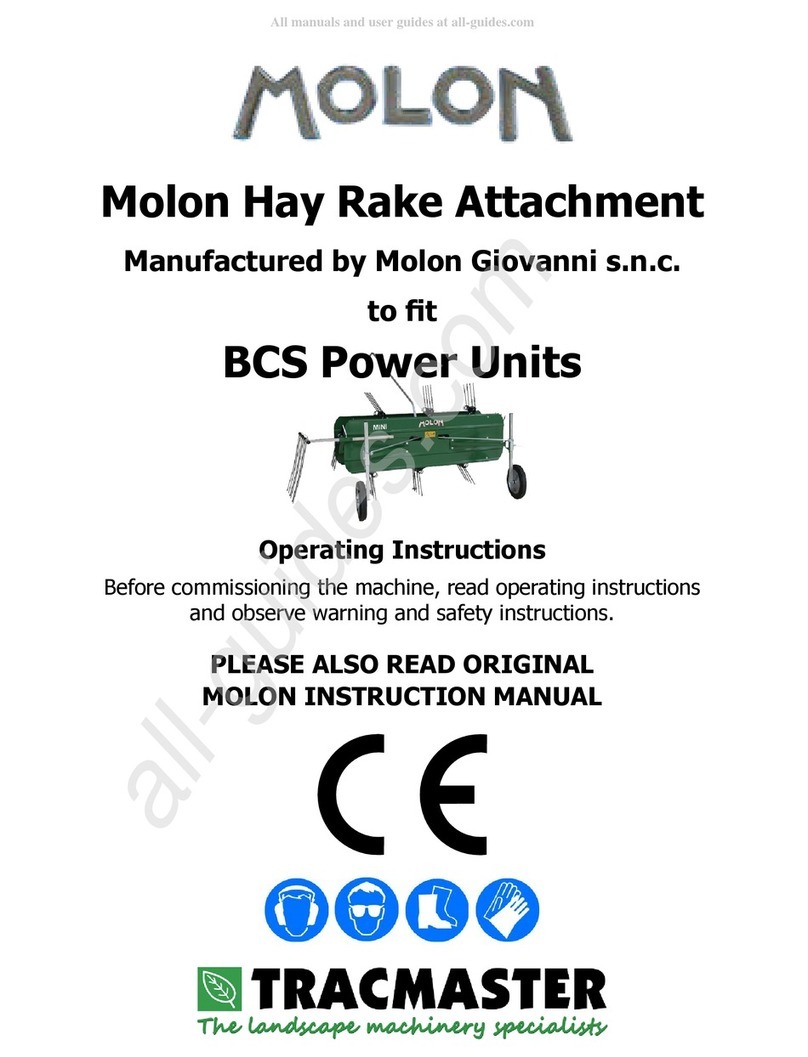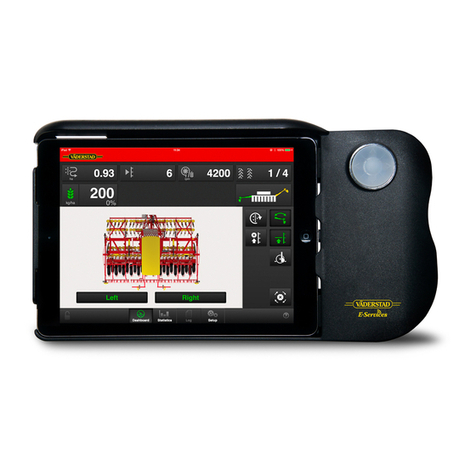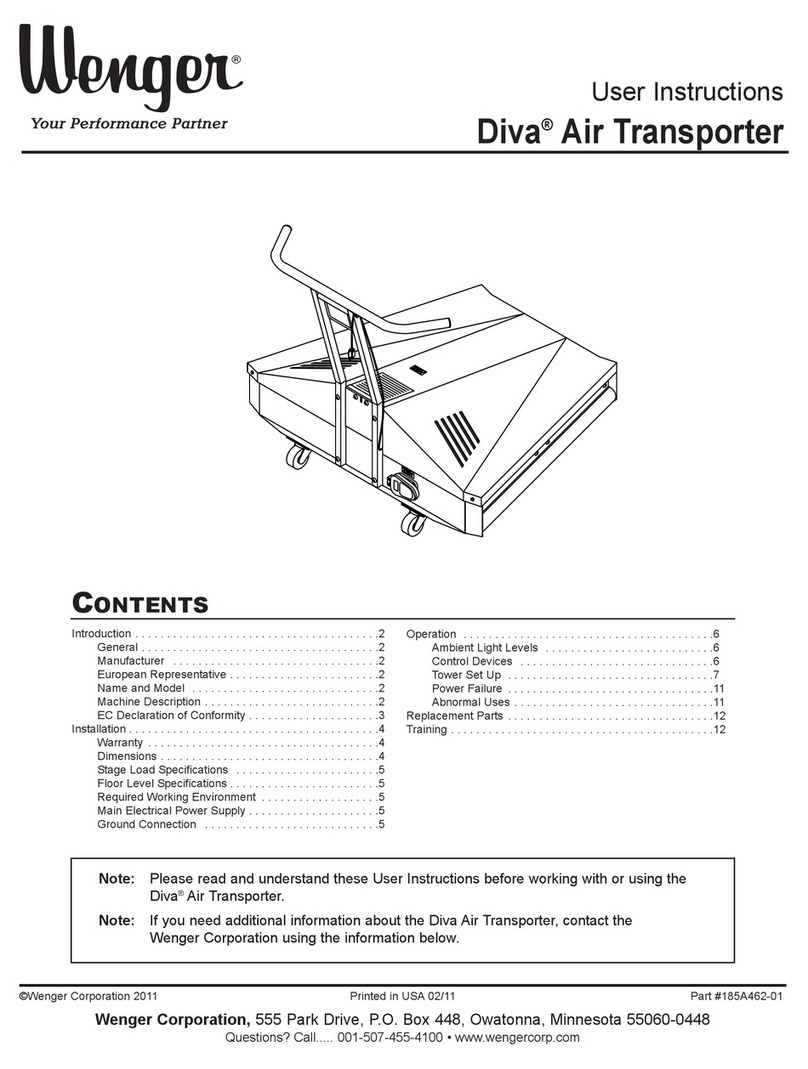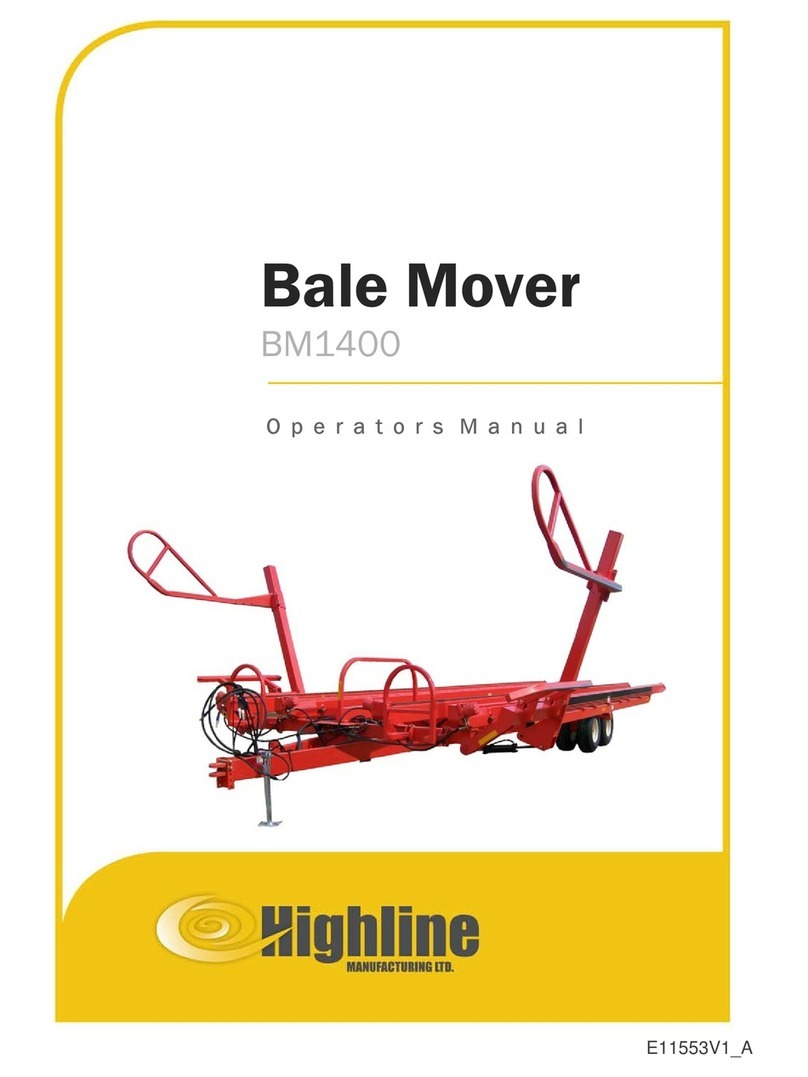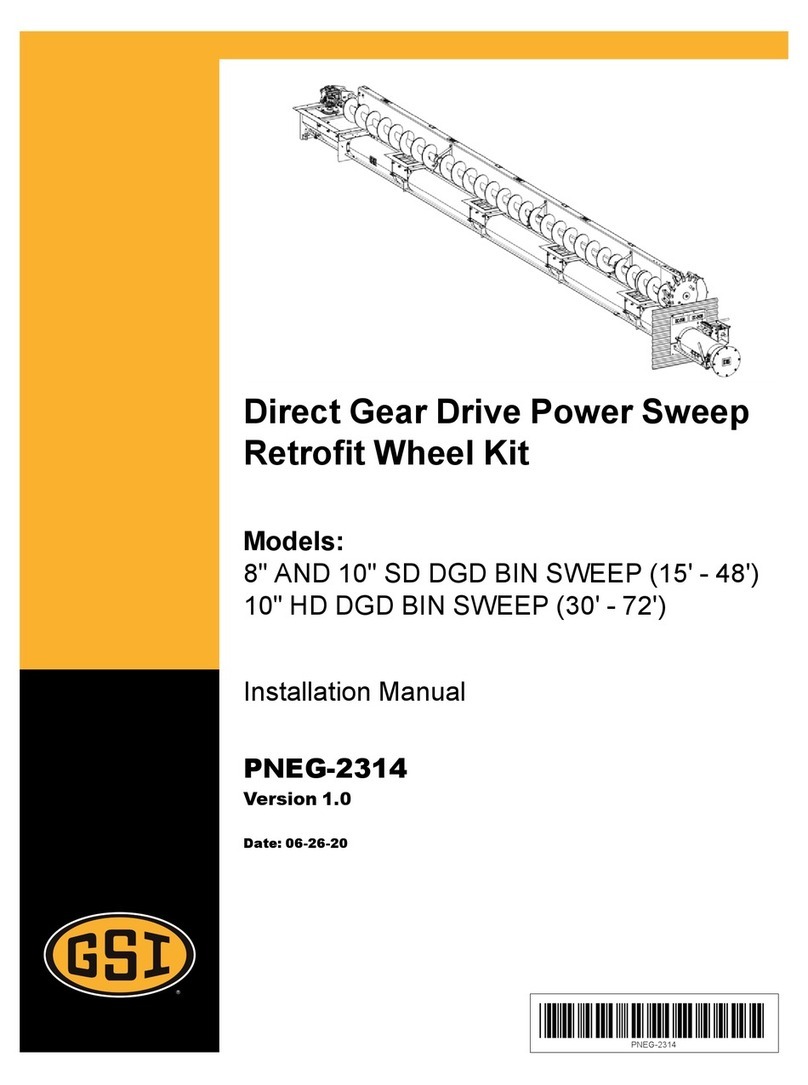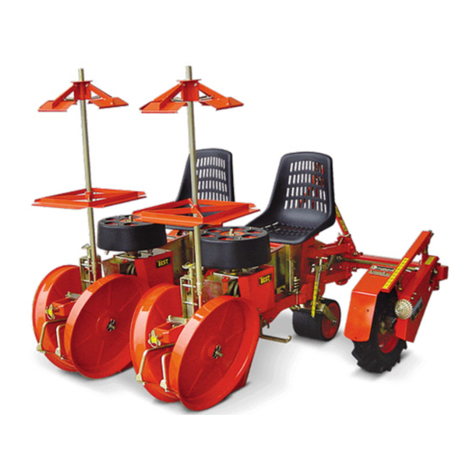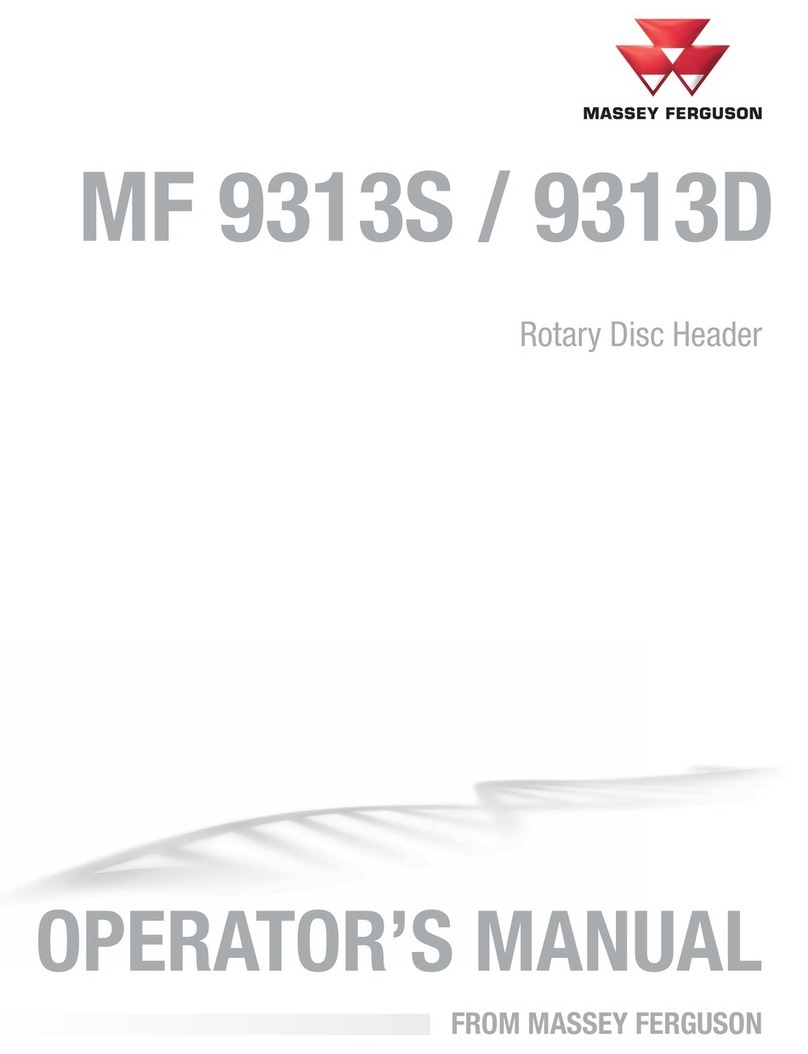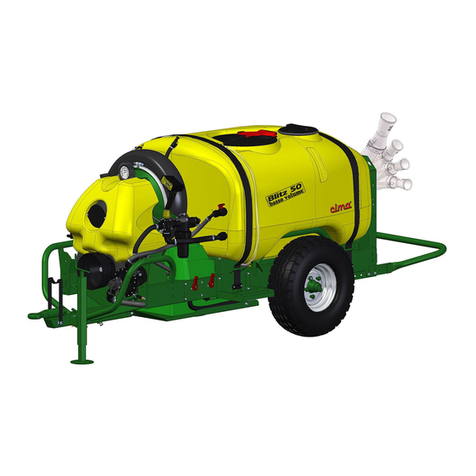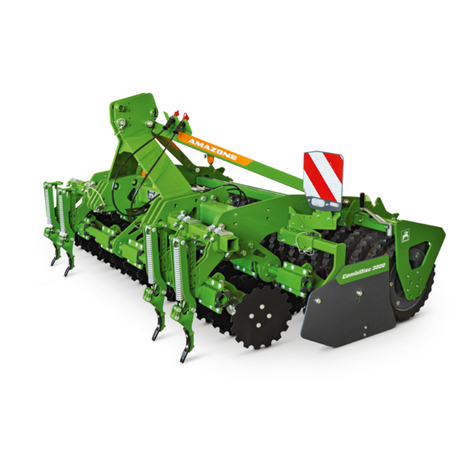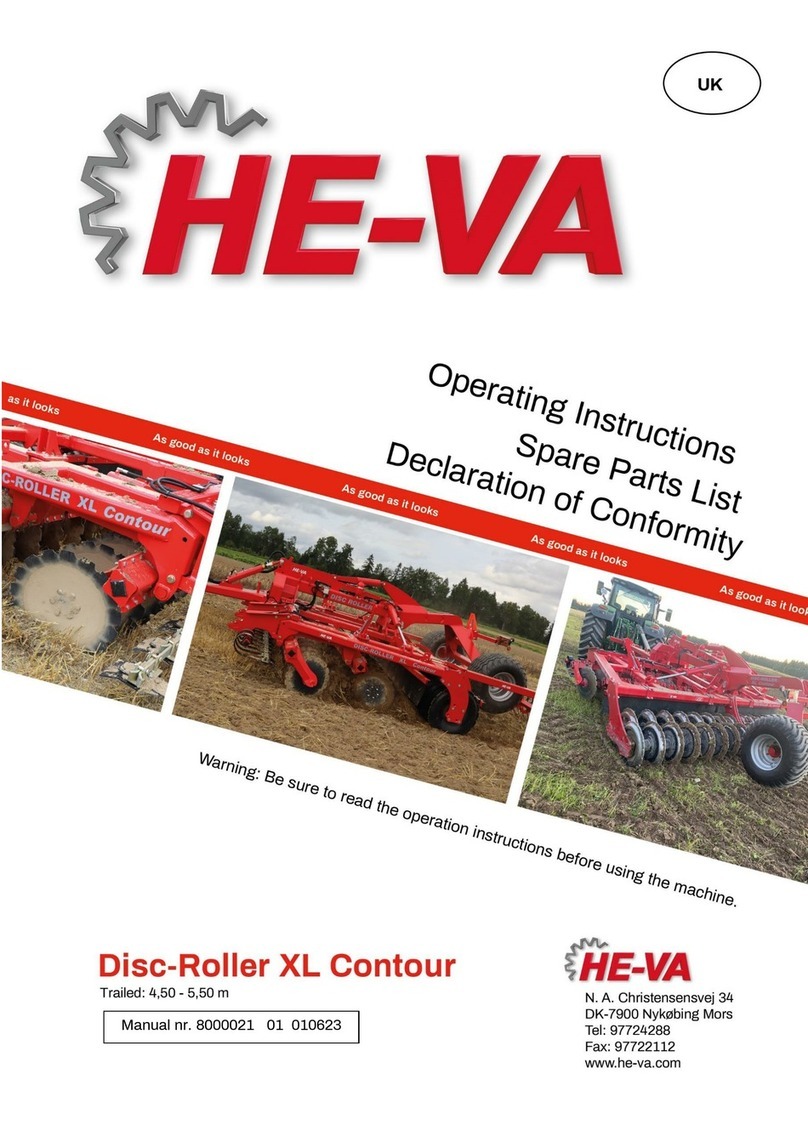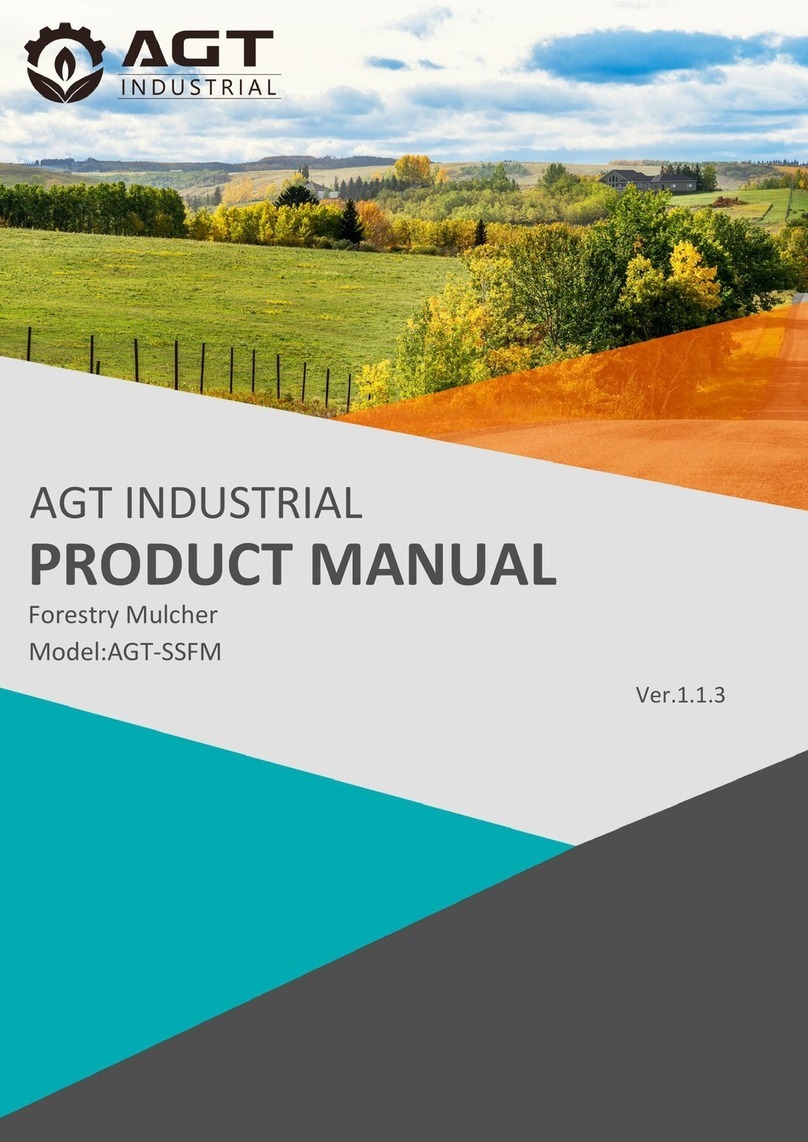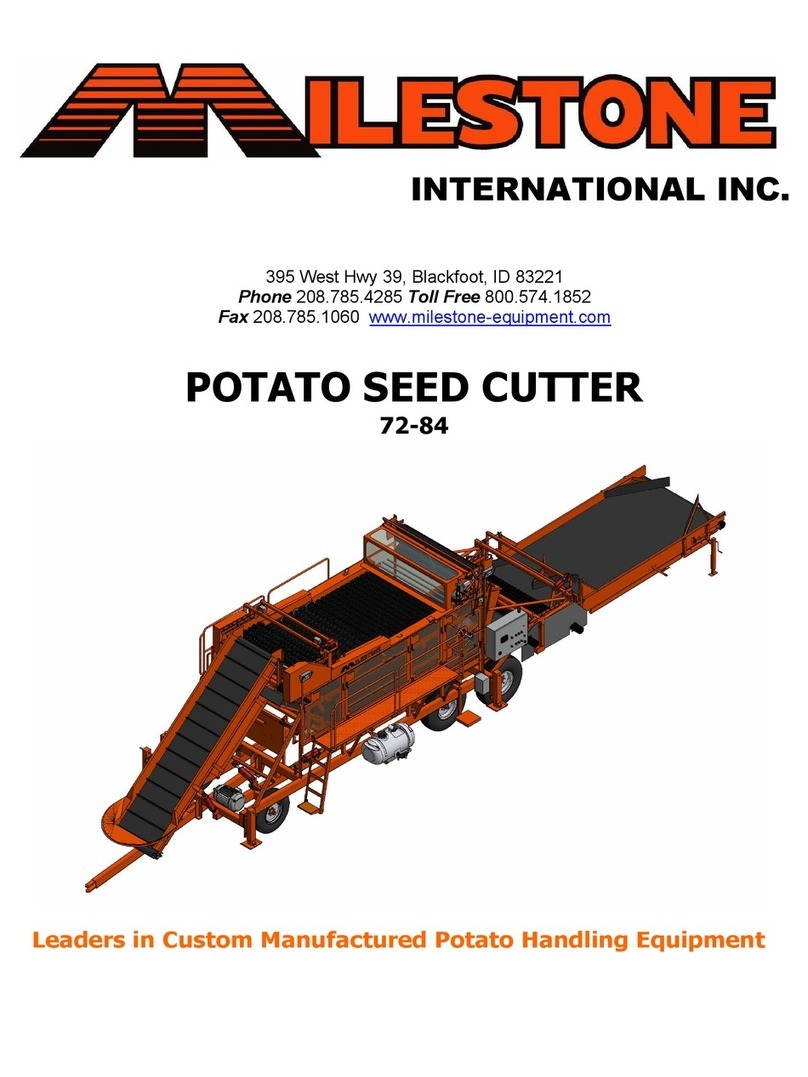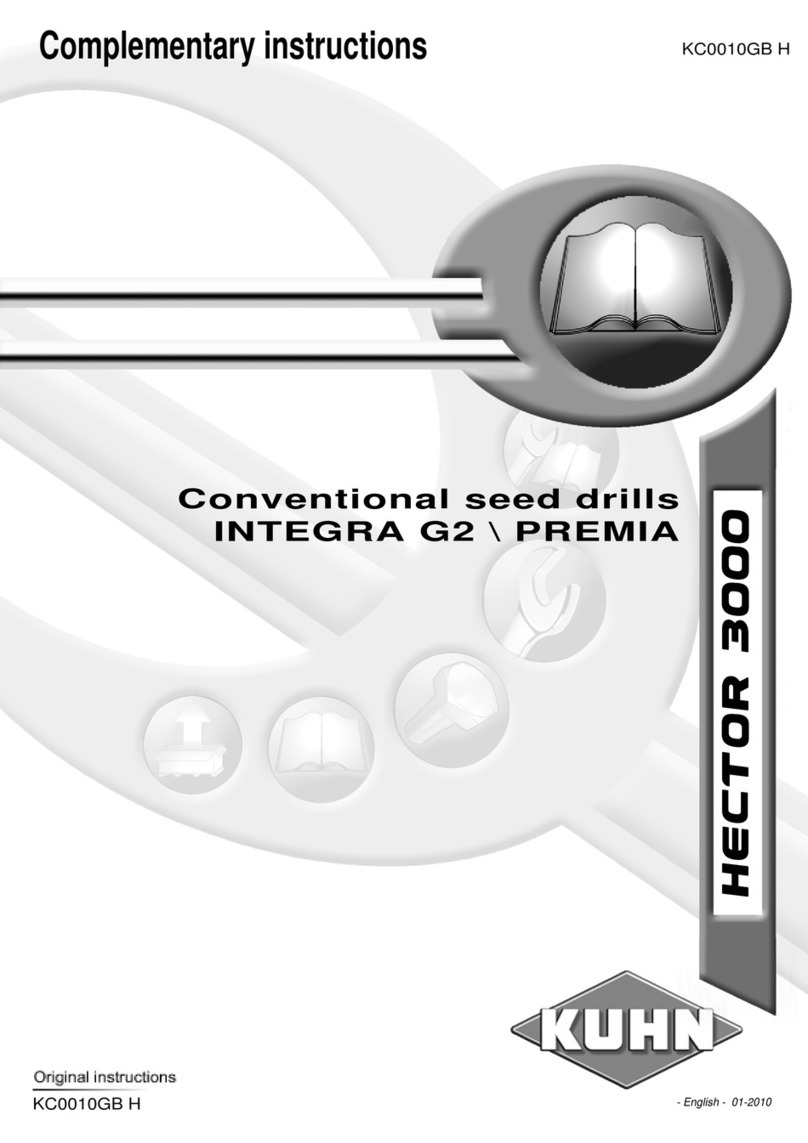
5
Installation (continued)
Stage Load Specications
An air transporter is designed to receive acoustic towers varying in size from
4877 to 9754 mm (16' to 32') high, 3048 to 3658 mm (10' to 12') wide, 1448 mm (4' 9") deep and weighing
up to 885 kg (1950 lb).
The machine is only intended to lift and transport Wenger Diva Acoustic Towers.
Floor Level Specications
An air transporter must only be used on level ground.
Required Working Environment
An air transporter is designed for use indoors in a normal working environment.
The intended operating temperature range is 7°C (45°F) to 35°C (95°F). It must only be used on level ground,
on a smooth solid oor with no ridges, holes or obstructions.
Main Electrical Power Supply
A power switch is provided to enable an air transporter
to be disconnected from the main electrical supply.
When the power switch is switched from the
OFF position to the ON position, the earth
connection is made before power connections
are made. When the power switch is switched
from the ON position to the OFF position, power
connections are broken before the earth connection
is broken. In the OFF position, the electrical power
supply is removed from the entire machine.
The electrical power supply is provided by
the use of a standard power cord.
The standard power cord must be routed
where there is no risk of personnel tripping and
falling because it has been routed in areas where
personnel are expected to walk. It is recommended
that cables should be routed away from such areas,
run in rubber ramps or the area cordoned o to
keep people away.
Ground Connection
The blower motor, electrical control box, and metalwork of the machine are bonded to earth (ground) to prevent
a build up of static electricity. This is necessary to ensure that there is no risk of an increase in the voltage
potential of the blower motor, electrical control box and metalwork of the machine as a result of static electricity
that might be generated.
The earth conductor in the incoming main power supply is connected to a protective earth terminal and one
cable taken from this terminal to an earth distribution connector block. Functional earth connections to the
blower motor, electrical control box, and metalwork of the machine, etc. are connected to the earth distribution
connector block.
Standard
Power Cord
Power
Switch
